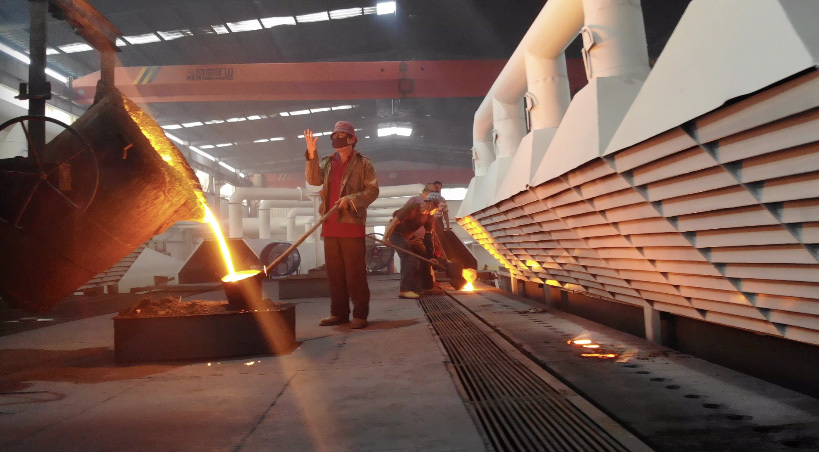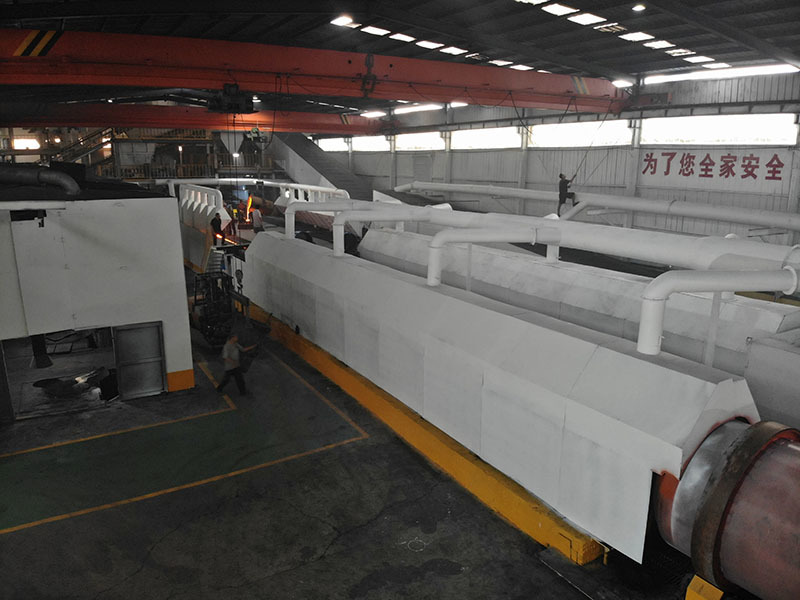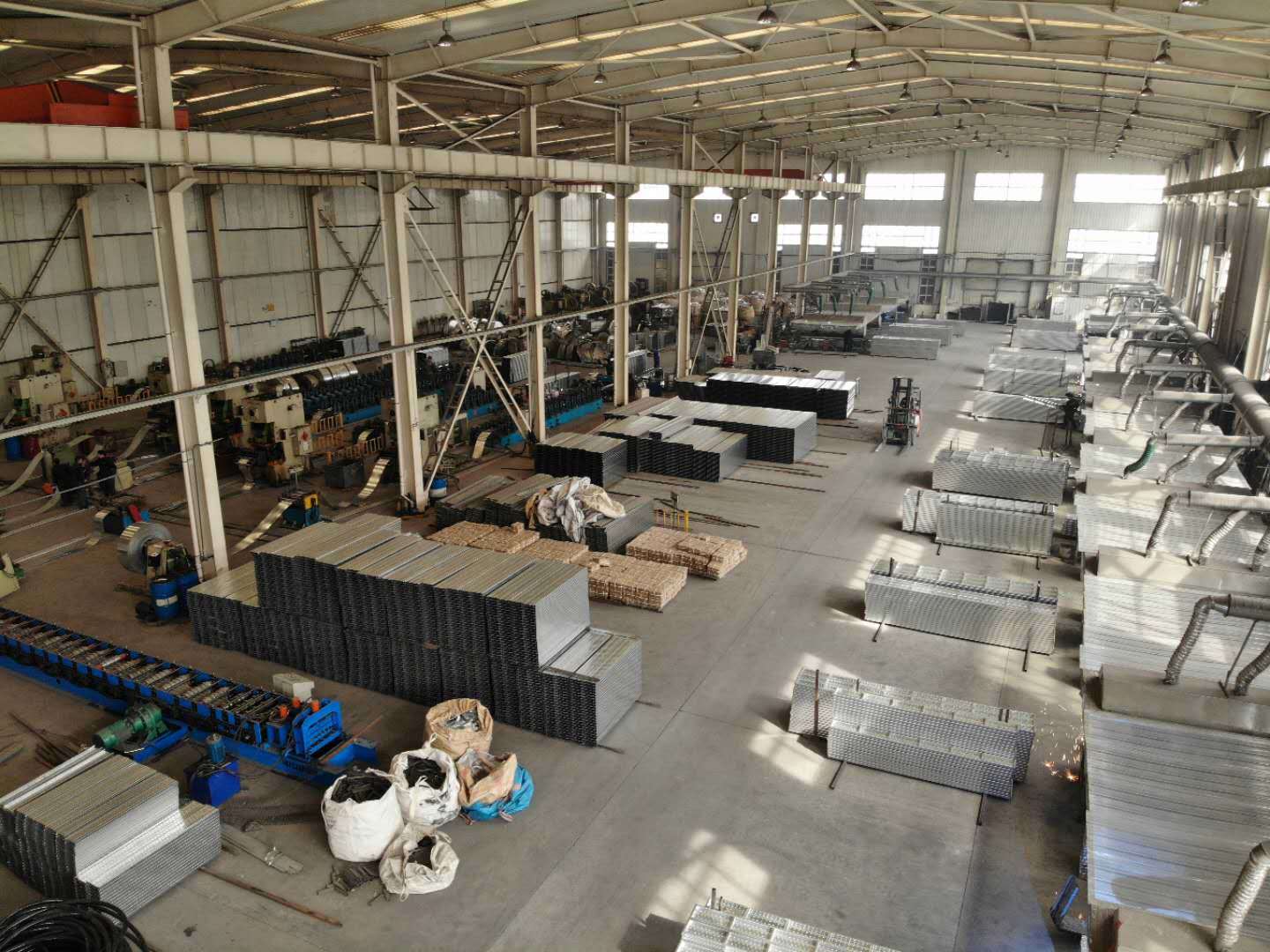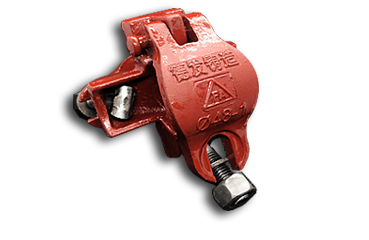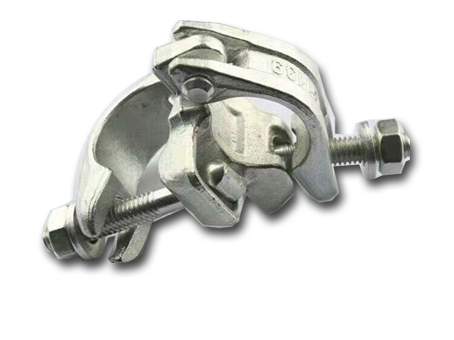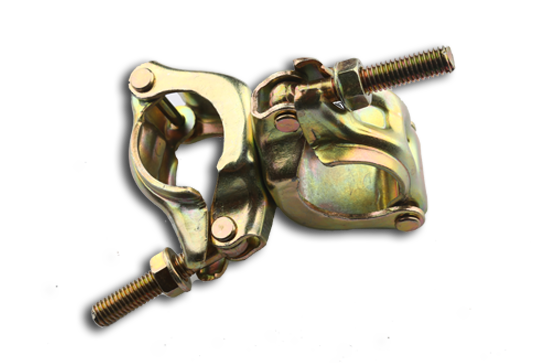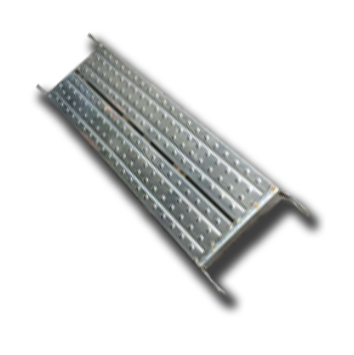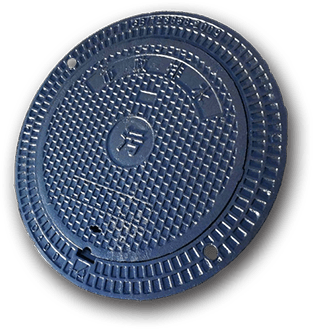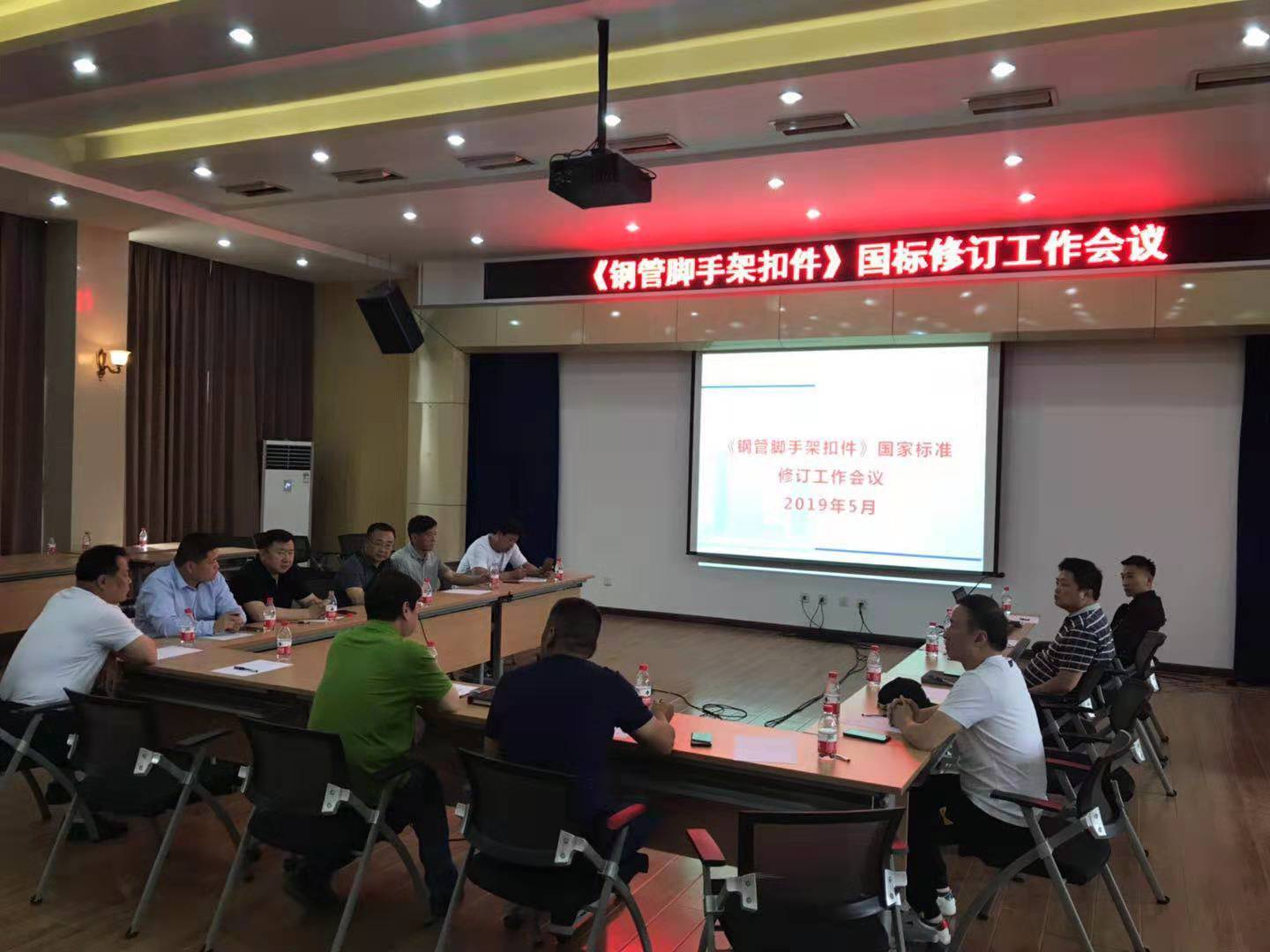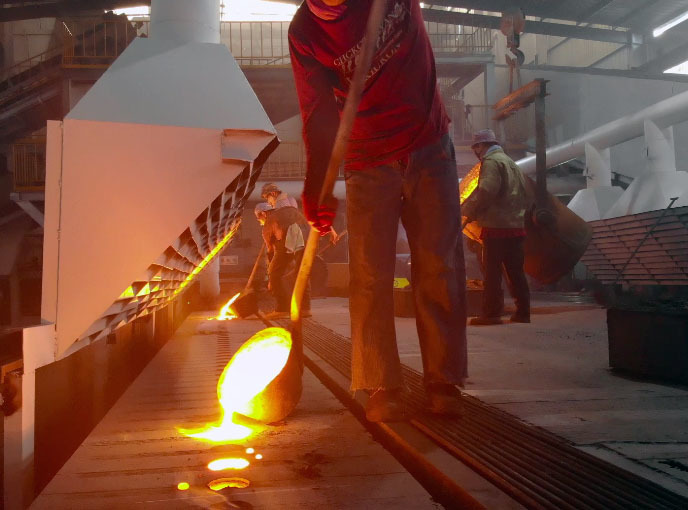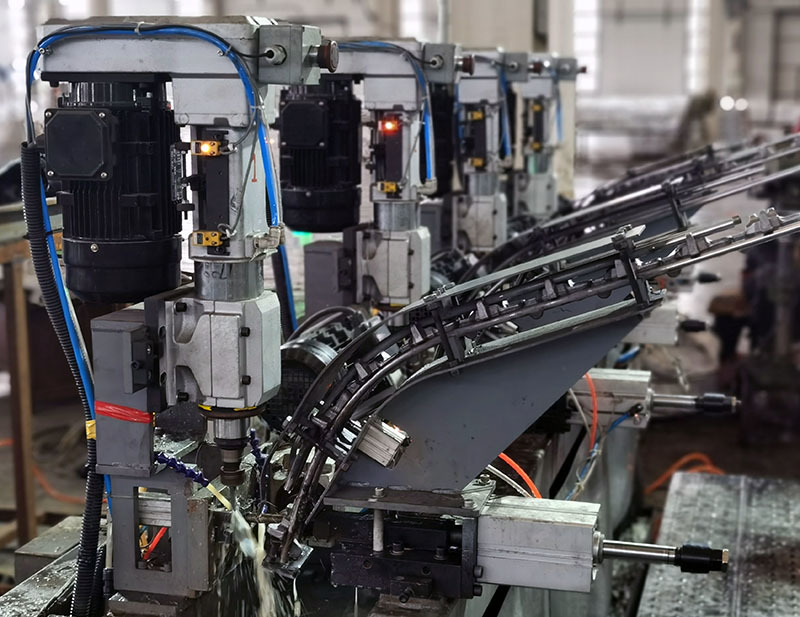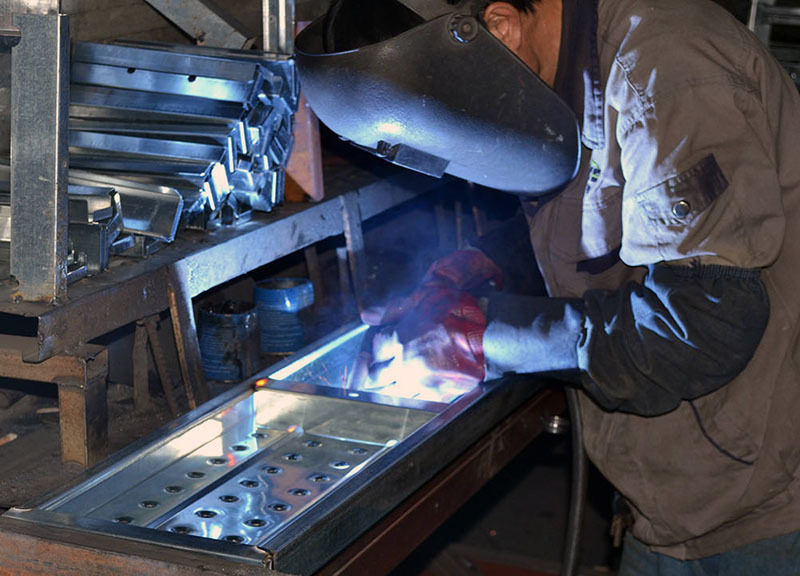Regulations on Appearance Inspection of Fasteners for Building Scaffolds
Release time:
2022-12-22 14:08
source:
Let's take a look at the appearance inspection regulations for building scaffolding fasteners
The appearance inspection regulations for building scaffolding fasteners: standard components with cracks, deformation, or rolling anchor bolts shall not be used; Unauthorized inspection or testing that does not meet the requirements shall not be carried out. Except for the top step, other processes must be connected. The connection and arrangement should meet the following requirements: the anchoring length should not be less than 1m, and no less than 2 rotating fasteners should be selected to fix it in place. The distance between the edge of the cover plate behind the top fastener and the rod should not be less than 100mm. The standard components for connecting damaged columns should be interwoven and arranged, and the connection heads of 2 adjacent columns cannot be set at the same time; When using seamless steel pipes and standard components for template supports, sampling inspection must be carried out, and the sampling quantity shall be executed according to relevant regulations.
The fasteners of construction scaffolding include aluminum alloy corrosion, such as aluminum alloy corrosion, burning and melting, fatigue pitting, mechanical damage, and tunnel corrosion. Plastic deformation and cold hardening appear on the surface. Under the continuous impact of cylinder pressure and load, the rolling building standard parts lose their deformation level, gradually forming a wire frame that needs to be continuously expanded, and then accompanied by the falling of debris, surface cavities are formed. When the piston pin undergoes cavity erosion, pits first occur, and then the pits slowly expand, causing the aluminum alloy layer to crack and the gaps to expand along the direction parallel to the page until they fall off. In severe cases, metal material detachment and large-scale disorderly scratches may occur on the contact surface; The fatigue pitting corrosion of building standard components causes overheating of building fasteners, and the gap between building scaffolding fasteners is too large, leading to fatigue damage, fatigue pitting, or fatigue falling off the middle of the building fasteners. This type of damage may be caused by overweight, large gaps in construction fasteners, or dirty grease, or a mixture of dirt. The organic chemical residue contained in the lubricating grease oxidizes the aluminum alloy of the building standard component, forming an alkaline substance. The corrosion of aluminum alloy in construction fasteners is generally caused by poor lubricating grease, which causes the aluminum alloy part of the construction fastener to fall off and produce irregular small cracks or pits.
When the cutting surface of the building scaffold fastener comes into contact with the convex peak of the rough dovetail guide rail surface, due to the small contact surface and high utilization coefficient bearing force, the grinding stone first suffers from the harmful "reverse drilling" effect of the building fastener workpiece. A part of the grinding stone surface falls off and powder, exposing some new sharp grinding particles and edges. With the gradual leveling of the workpiece surface, the contact surface between the grinding stone and the workpiece surface is further enhanced. The surface of the grinding stone and the construction fastener workpiece is slowly protected by a lubricating grease film, and the utilization coefficient working pressure is not high. The actual cutting effect is reduced, and the cutting is automatically terminated. The surface protrusions of the construction fastener workpiece are quickly cut, and the protrusions and cutting quality layers on the surface of the construction scaffold fastener workpiece are removed through cutting and reverse cutting. With the processing and production process, the surface of the construction fastener workpiece is gradually leveled, the contact surface between the grinding stone and the workpiece surface is improved, the utilization coefficient working pressure is reduced, the cutting depth is reduced, and the cutting level is reduced.
Correlation News
2023-01-03


